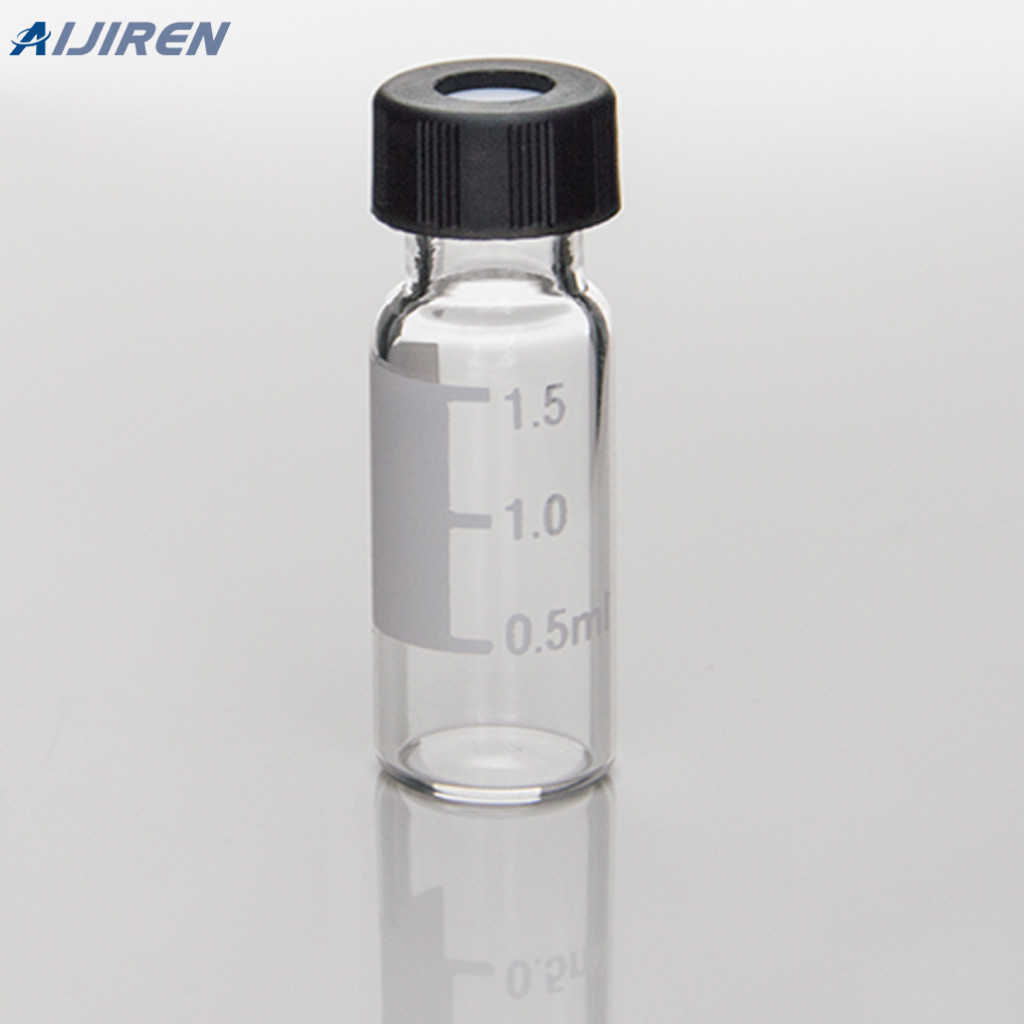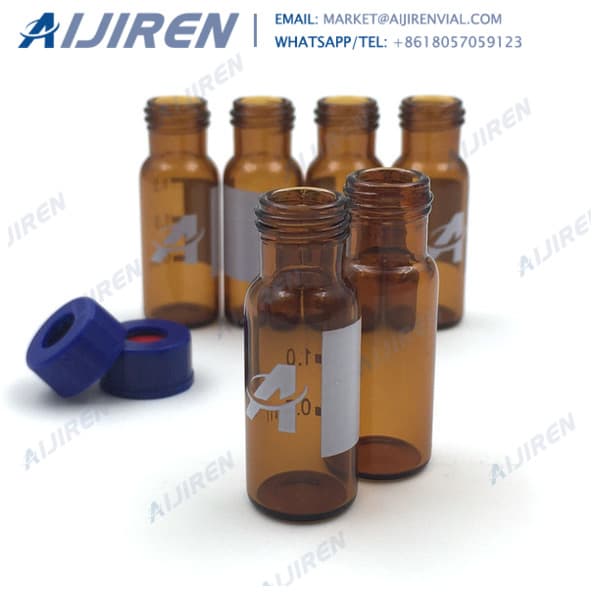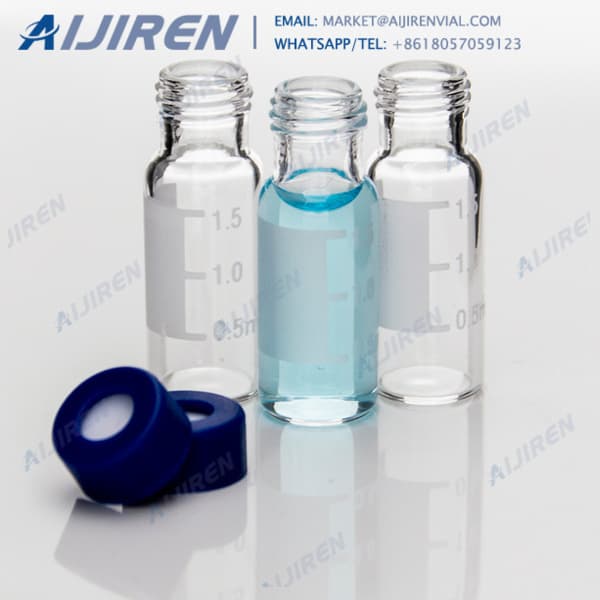51 type made in Europe. E. Thermo Scientific Vials & Closures. Vial/Glass quality comparison, 1st hydrolytic class glass types, 33 vs 70. 33 expansion glass

51 type made in Europe. E. Thermo Scientific Vials & Closures. Vial/Glass quality comparison, 1st hydrolytic class glass types, 33 vs 70. 33 expansion glass

Fit most autosamplers that accommodate the 12x32mm vial format. Superior quality 33 expansion borosilicate clear glass Type 1, Class A or 51A amber glass.

Figure 1. Transmission curves for Amber Glass and Clear Glass vials. Amber Vials are made from 51-expansion glass which has a different chemical

51-expansion glass vials and Type-2, 33-expansion glass vials. Welchrom® Sample vials are made from first class of hydrolytic borosilicate glass, ...

Hydrolytic class glass is very hard and has a low expansion coefficient even 1, Class B), whereas amber is generally only available as 51 expansion.

For parenteral drugs, mainly type I borosilicate glass is used. This glass has a high chemical resistance, low leachability and a low thermal expansion

Mar 30, 2012 Our MicroSolv brand vials are made from SCHOTT® brand glass tubing, of first hydrolytic class. First hydrolytic class glass is very hard and ...

Clear glass is 33 expansion, Amber glass is 51 expansion. Borosilicate glass represents the least reactive glass. Type 1 glass has the least pH shift, which

Plastic vials offer low binding for proteins and peptides and are the best choice for and 51 expansion glass (Type 1, Class B), whereas.

3.3 IgG1 Adsorption on Glass Vials – Comparison of SE-HPLC and TOC Method.......... 43 ... low binding properties for the respective protein.

Description: USP Type-1 borosillicate glass vials , PP caps with Snap ring ND11 vials manufactured from 1st hydrolytic class borosilicate glass with ...